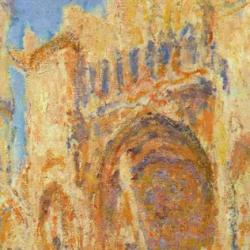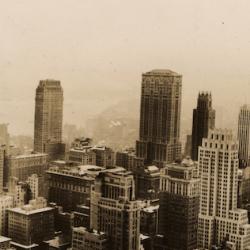From a TLS piece published late last year (I’ve unfortunately and inexplicably lost the reference):
It’s striking how many of those associated with Bloomsbury articulated the idea that houses, as well as being shaped physically by the tastes and attitudes of those who live in them, also possess a less tangible power to influence the destinies of their inhabitants. “In my experience,” Leonard Woolf wrote in his autobiography, “what cuts the deepest channels in our lives are the different houses in which we live.” For Lytton Strachey, houses are “curious contraptions of stones or bricks. . . in which our lives are entangled as completely as our souls in our bodies—what powers do they not wield over us, what subtle and pervasive effects upon the whole substance of our existence may not be theirs?” In a paper delivered to the Cambridge Apostles entitled “The Influence of Furniture on Love,” John Maynard Keynes concludes that “the comfort of the chairs has an important emotional effect beyond their mere comfort,” pondering “who could commit sodomy in a boudoir or sapphism in Neville’s Court? It represents and it evokes an entirely different set of feelings.”
The author notes the parallel with Gaston Bachelard’s Poetics of Space, published decades later: “both Strachey and Virginia Woolf anticipated Bachelard’s theory, declaring their formative memories to be inextricable from a sensory recollection of their Kensington childhood homes: dark, dank Victorian houses, permeated with a smell of sewage—on Strachey’s part—or the must of wine and cigars, on Woolf’s.”
Here’s a way to probe the phenomenon of Bloomsbury: What kinds of houses did they inhabit as children? And, why would they of all people highlight this symbiosis between home and character?













